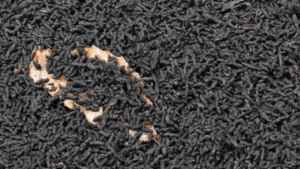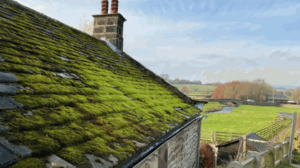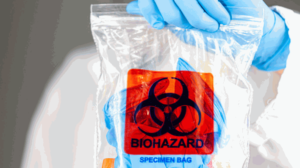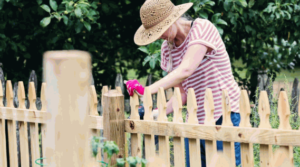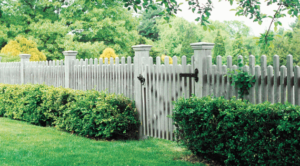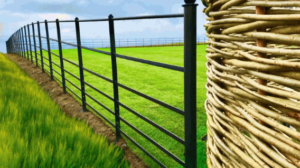Antique leather sofas are not just pieces of furniture; they are statements of style and history. Over time, these exquisite pieces can accumulate dirt and grime, diminishing their beauty.
We discuss the importance of cleaning antique leather sofas, the tools needed for the job, and step-by-step instructions from The Leather Colour Doctor on how to clean and maintain these cherished pieces.
If you want to keep your antique leather sofa looking pristine, read on for expert tips and advice.
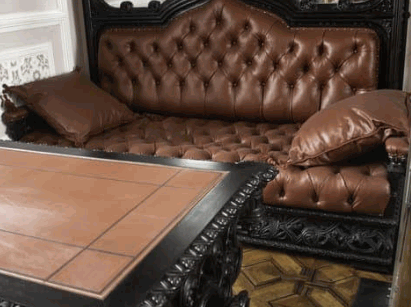
Why Is It Important To Clean An Antique Leather Sofa?
Cleaning an antique leather settee is crucial to maintaining its quality, appearance, and longevity. Over time, dirt, dust, and stains can accumulate on the surface, leading to deterioration and a worn-out look. Proper cleaning not only enhances the aesthetic appeal of the settee but also prevents damage and extends its lifespan.
Regular cleaning helps preserve the natural oils of the leather, keeping it supple and preventing cracks that can occur from dryness. Removing dirt and grime prevents abrasions and scratches that can mar the surface and ruin the overall beauty of the piece.
By incorporating a gentle cleaning routine, you can protect your antique leather settee from irreversible damage and maintain its timeless charm for years to come. Investing time in cleaning and caring for your leather settee translates into preserving a piece of history that can be enjoyed and admired for generations.
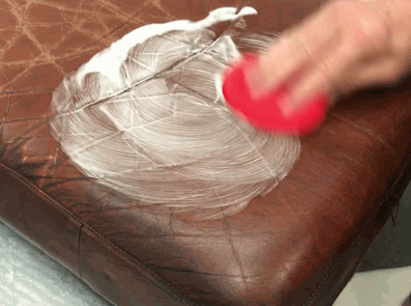
What Tools Do You Need To Clean An Antique Leather Sofa?
To clean an antique leather settee effectively, you will require specific tools such as a soft-bristled brush, suitable leather cleaner, distilled water, and soft cloths. These tools are essential for gently removing dirt, stains, and grime without causing damage to the delicate leather surface.
The soft-bristled brush plays a crucial role in loosening and lifting surface dirt and debris without scratching or harming the leather. It is gentle yet effective in reaching into crevices and intricate designs of the antique settee.
The suitable leather cleaner is formulated to gently cleanse the leather without stripping away its natural oils or finish, ensuring that the settee’s integrity is maintained throughout the cleaning process.
Distilled water is essential for diluting the cleaner and for rinsing the leather surface, preventing any mineral deposits or impurities from affecting the leather’s texture or color.
Soft cloths are essential for delicately wiping down the leather after cleaning, ensuring that excess moisture and cleaner residues are completely removed, leaving behind a clean and conditioned surface.
Explore in-depth: What Leather Cleaner Is The Best
Soft-Bristled Brush
A soft-bristled brush is an essential tool for cleaning an antique leather sofa as it helps remove surface dust and dirt without scratching or damaging the delicate leather. The gentle bristles ensure effective cleaning without causing abrasions on the leather surface.
The soft bristles can easily access crevices and seams, ensuring a thorough cleaning process. This type of brush is particularly recommended for vintage leather items, as it is gentle on the aged material while still being tough on dirt and grime.
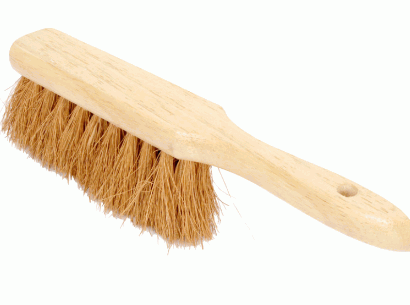
Leather Cleaner
A leather cleaner is a specialised product designed to effectively remove stains and dirt from antique leather sofas. It provides gentle cleaning action without damaging the leather material, ensuring that the sofa is clean and well-maintained.
Using a high-quality leather cleaner not only helps remove visible stains and dirt but also plays a crucial role in prolonging the lifespan of the leather. The gentle formulation of the cleaner ensures that it cleans the leather surface deeply yet safely, preserving the natural oils and texture of the leather. This preservation helps in preventing cracks, fading, and discolouration caused by harsh cleaning agents. A good leather cleaner enhances the overall appearance of the sofa, giving it a refreshed and revitalised look.
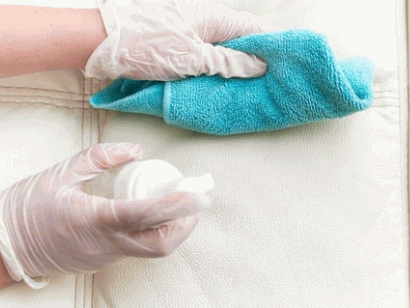
Distilled Water
Distilled water is a recommended choice for cleaning antique leather settees as it is free from impurities that could potentially harm the leather surface. Its gentle nature ensures effective cleaning without leaving water marks or residues on the leather.
When cleaning leather, it’s important to use gentle yet effective methods to maintain its quality and appearance.
Distilled water fits the bill perfectly, as it lacks the minerals and chemicals found in tap water that could harm the leather over time. The purity of distilled water ensures that it won’t leave behind any unwanted residues that may make the leather dull or stained. This makes it an ideal choice for delicate antique leather settees, where preserving the natural beauty of the leather is paramount.
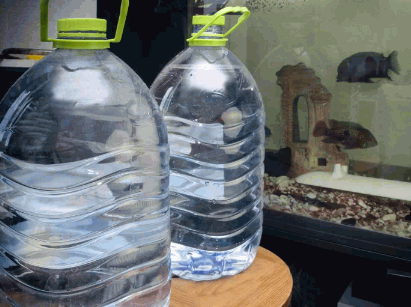
Soft Cloths
Soft cloths are essential for wiping down antique leather settees after cleaning to remove any excess moisture or residue. They ensure that the leather surface is left clean, dry, and free from any cleaning product remnants.
Using soft cloths in the leather cleaning process is crucial as they are gentle on the delicate leather material, preventing any scratches or damage. These cloths play a significant role in absorbing moisture effectively, ensuring that the leather dries properly without leaving behind any watermarks.
Soft cloths aid in polishing the leather surface, enhancing its natural shine and lustre. By gently buffing the leather, these cloths help to maintain the texture and appearance of the sofa, keeping it looking as good as new.
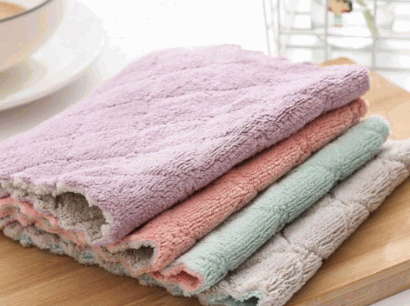
How To Clean An Antique Leather Sofa
Cleaning an antique leather sofa involves a systematic process to ensure thorough cleaning and preservation of the leather material. From vacuuming the sofa to applying a suitable cleaner and finally rinsing and drying it, each step plays a crucial role in maintaining the sofa’s quality and appearance.
Once you have removed any surface dust and debris by vacuuming, the next step is to address any stains or deeply embedded dirt present on the leather.
- Begin by testing a small, inconspicuous area with the chosen leather cleaner to ensure it does not cause any damage or discolouration.
- Use a soft-bristled brush to gently scrub any stains or dirt, working in circular motions to avoid damaging the leather.
- After cleaning, make sure to rinse off any cleaner residue using a damp cloth, followed by thoroughly drying the sofa with a clean, dry towel.
Vacuum The Sofa
Using a hoover with a soft brush attachment, gently hoover the antique leather sofa to remove surface dirt, dust, and debris. This initial step helps prepare the sofa for deeper cleaning and prevents particles from settling into the leather pores.
Once you’ve ensured that the surface is clear of any loose particles, it’s time to address any stubborn stains or marks on the leather. For this, a leather-safe cleaner specifically designed for delicate surfaces should be applied with a soft cloth in gentle circular motions. Remember to test the cleaner on a small inconspicuous area first to avoid any damage or discolouration. After cleaning, use a dry, soft cloth to remove any excess moisture from the leather.
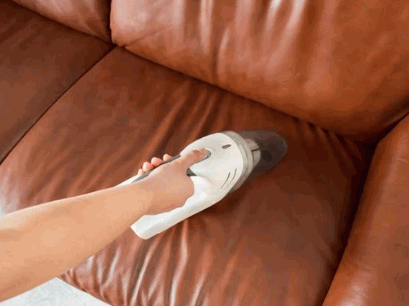
Test The Cleaner On A Small Area
Before applying the cleaner to the entire sofa, it is advisable to test it on a small, inconspicuous area to ensure compatibility and effectiveness. This test helps identify any adverse reactions or potential damage to the leather surface.
By conducting a patch test, you can determine if the cleaner is safe to use on your valuable leather sofa. This simple step can prevent any unwanted discolouration or deterioration caused by the cleaning solution. It also allows you to observe how the cleaner interacts with the stains and dirt, giving you an indication of its effectiveness in removing them. Taking the time to perform this pre-testing can save you from potentially costly mistakes and help maintain the pristine condition of your sofa.
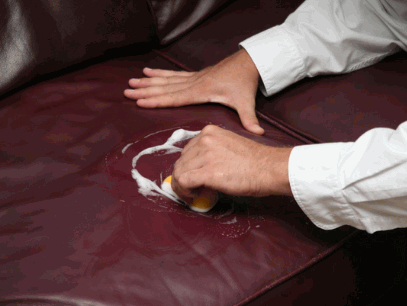
Apply The Cleaner To The Sofa
Using a soft cloth or sponge, apply the leather cleaner to the settee in gentle circular motions. Ensure thorough coverage of stained or dirty areas while avoiding excessive saturation of the leather material.
It is crucial to be mindful of the type of leather cleaner used; opt for products specifically formulated for antique leather to prevent any damage to the settee’s delicate surface.
After applying the cleaner, allow it to sit for a few minutes to penetrate and lift the dirt. Next, gently wipe off the cleaner using a clean, damp cloth, making sure to remove any residue.
For stubborn stains, consider using a specialised leather stain remover for targeted treatment.
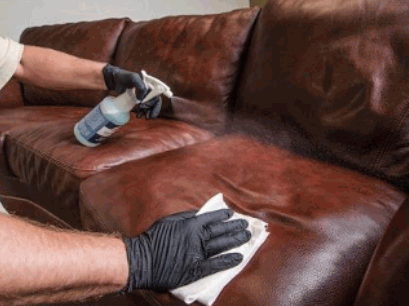
Wipe Down The Sofa
After applying the cleaner, use a clean, damp cloth to wipe down the settee, removing the cleaning solution along with dirt and stains. Wipe in gentle circular motions to prevent streaking or damage to the leather surface.
Ensure that the cloth is not too wet, as excessive moisture can harm the leather.
Focus on areas where stains or residue may be more prominent, exerting a bit more pressure if necessary. Inspect the cloth periodically to check for dirt buildup and switch to a fresh section or a new cloth as needed.
Continue the wiping process until the cloth reveals no more residue, ensuring the settee dries completely before using or applying any conditioner.
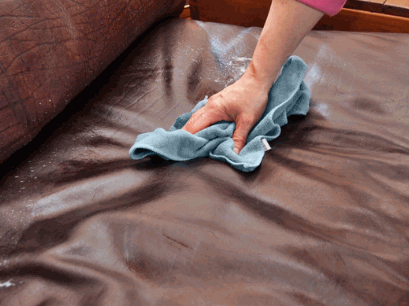
Rinse And Dry The Sofa
Rinse the settee with a cloth dampened with distilled water to remove any remaining cleaner residue. Once rinsed, use a dry cloth to pat the leather surface gently and allow it to air dry naturally.
Ensure that you thoroughly go over the entire surface of the leather with the damp cloth to guarantee all residue is eliminated. After the rinsing process, it is crucial to gently blot the leather to soak up excess water and speed up the drying process. Air drying is essential because it helps the leather maintain its natural oils and prevents cracking or damage that may occur with excessive heat. You can also open windows or use fans to facilitate faster drying while preserving the quality of the antique leather sofa.
Tips For Maintaining An Antique Leather Sofa
To preserve the beauty and integrity of an antique leather settee, it is essential to follow specific maintenance tips. Avoiding strong chemicals, protecting the settee from direct sunlight, and regularly using a leather conditioner are key practices to ensure its longevity and appearance.
One must always check the labels on cleaning products to ensure they are safe for use on leather.
Direct sunlight can cause the leather to fade and dry out, so it is advisable to place the settee away from windows or use curtains to block out strong rays.
When selecting a leather conditioner, opt for a high-quality product that suits the type of leather on the settee, be it aniline, semi-aniline, or pigmented leather.
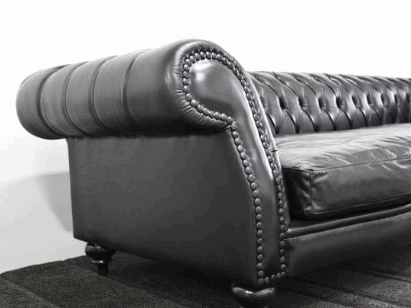
Avoid Harsh Chemicals
When maintaining an antique leather sofa, it is crucial to steer clear of harsh chemicals such as bleach or ammonia-based cleaners. These substances can damage the leather finish and lead to discolouration or deterioration over time.
Instead, opt for gentle leather care products specifically designed for antique leather sofas. These products are formulated to cleanse and condition the leather without causing any harm or altering its natural properties. Regular cleaning and conditioning using suitable leather products can help preserve the sofa’s lustre and extend its lifespan. Using natural remedies like a mixture of mild soap and water or vinegar and water can effectively clean the leather without jeopardising its integrity. By maintaining your antique leather sofa with proper care and gentle products, you can ensure its beauty and longevity for years to come.
Keep The Sofa Out Of Direct Sunlight
Direct sunlight can cause fading and drying of the leather surface on antique settees. To protect the settee from such damage, position it away from direct sunlight or use window furnishings to block UV rays that could harm the leather.
Excessive exposure to sunlight can accelerate the ageing process of the leather, causing it to become brittle and lose its natural oils, leading to cracks and discolouration. Once leather starts to fade and dry out, it becomes more susceptible to damage and can be challenging to restore its original lustre.
Use A Leather Conditioner
Regularly applying a quality leather conditioner helps keep the antique settee supple, moisturised, and protected from drying out or cracking. The conditioner nourishes the leather, restoring its natural oils and enhancing its longevity.
A good leather conditioner acts as a protective shield against spills, stains, and UV damage, prolonging the settee’s pristine appearance. By keeping the leather well-moisturised, the conditioner prevents it from becoming brittle and maintains its softness. It also creates a barrier that repels dust and dirt, making cleaning a breeze. The conditioning process can help to even out minor scratches and scuffs, giving the settee a fresh and rejuvenated look. Investing in a reliable leather conditioner is crucial for maintaining the beauty and durability of antique leather settees.
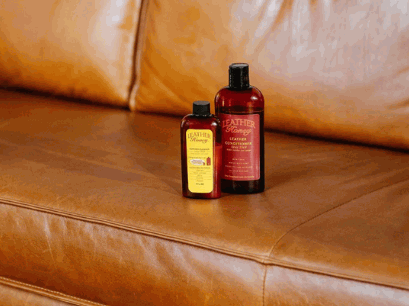
Conclusion
Proper cleaning and maintenance of an antique leather settee are essential to preserve its timeless beauty and quality. By following the recommended cleaning routine, avoiding harmful chemicals, and using protective measures, you can ensure that your antique leather settee remains a statement piece in your decor for years to come.
Regular care of your cherished antique leather settee not only maintains its aesthetic appeal but also prolongs its lifespan. This involves dusting and gentle cleaning to prevent dirt from settling and causing damage over time.
Applying a high-quality leather conditioner can help to keep the leather supple and prevent cracking or drying out, ensuring that your settee retains its luxurious feel.
It is crucial to shield your antique leather settee from direct sunlight and excessive humidity, as these factors can accelerate deterioration. Placing your settee away from heat sources and using a protective cover when not in use can help safeguard it from environmental elements.

